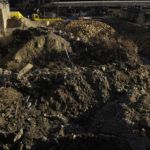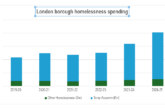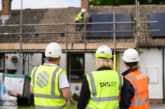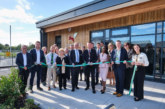The Brownfield Land Release Fund (BLRF) is a joint initiative between the Department for Levelling Up, Housing and Communities (DLUHC), and One Public Estate, delivered in partnership with the Local Government Association. Its aim is to release surplus brownfield land to create thriving communities. This is good news for housebuilding, but what are the challenges and opportunities? Andrew Milsom, Sector Lead – Local Authorities at NHBC discusses.
BLRF2, offering up to £180m in capital grant funding over three years, is available to all English councils. The first round provided almost £35m of funding and the second had up to £60m available. The third round was announced in December with a further £80m made available. This funding intended to help bring neglected urban areas back into use, support regeneration projects and boost local economies. It’s estimated to deliver 6,000 new homes, creating new jobs in the construction sector while helping thousands of first-time buyers into home ownership.
Although legal targets have recently been dropped, the Government still recognises the need to build more homes and retains high ambitions of building 300,000 homes annually. Most people understand the need for new homes and recognise the negative impact of housing shortages, especially in populous areas.
The only issue is that many people are reluctant to support new developments near them. ‘Nimby’ has been born from this phenomenon — ‘Not in my backyard’. This attitude can be amplified regarding local authority projects — planning for social housing is sometimes viewed with concern, the outdated image of bleak monolith tower blocks or acres of bland, pebble-dashed semis springing to mind. This view of local authority housing developments couldn’t be further from the truth, with attractive, high-quality homes built as standard now — but the outdated perception is still hard to shake.
Building on greenfield sites can be a sensitive issue as it often raises opposition from local communities concerned about the environmental impact, loss of character and negative effects on greenspaces. Increased brownfield development can offer a real alternative; disused sites are often unkempt and unsightly and generate no economic activity — their redevelopment can be a win-win for the local area. Planning permission is more likely to be granted as the site has seen previous development, and often, locals want tatty ex-industrial or commercial areas tidied up, reducing objections.

Why funding is so important
The issue with brownfield sites has always been the clean-up. Whether demolishing existing redundant structures, levelling the land or even removing hazardous substances, the preparation work can be enormous compared to a greenfield site. That’s why the Brownfield Regeneration Fund is so important — it can relieve some of the financial pressure of taking on brownfield projects for developers. It should be of particular interest to local authorities, however — when budgets are more stretched than ever, along with a pronounced need for more social housing, utilising brownfield sites — especially they may already own — makes perfect sense.
Even if local authorities aren’t fortunate enough to already have a large land bank and a portfolio of potential redevelopment opportunities, brownfield site acquisitions can result in a number of cost savings not often available to greenfield. Utilities and related infrastructure are often already in place, too, bringing development costs down further. Practical aspects of a brownfield build include labour availability — the skills shortage in the construction industry is felt more keenly outside towns and cities. Finding available labour or workers willing to travel to rural greenfield developments is more challenging and expensive.
The concept of using what we’ve already developed is popular with communities. However, the local benefits go beyond the aesthetic and can drive a local economy. Bringing more people into an area generates revenue — they’re paying council tax, shopping, visiting cafes and pubs, buying fuel, and entering the local job market; driving economic activity in areas previously dormant is important for growth.
A thriving night-time economy can be created too, where previously there was none. Developing brownfield sites can also contribute to social good — people who are content with where they live are happier and better care for places, they’re proud of.
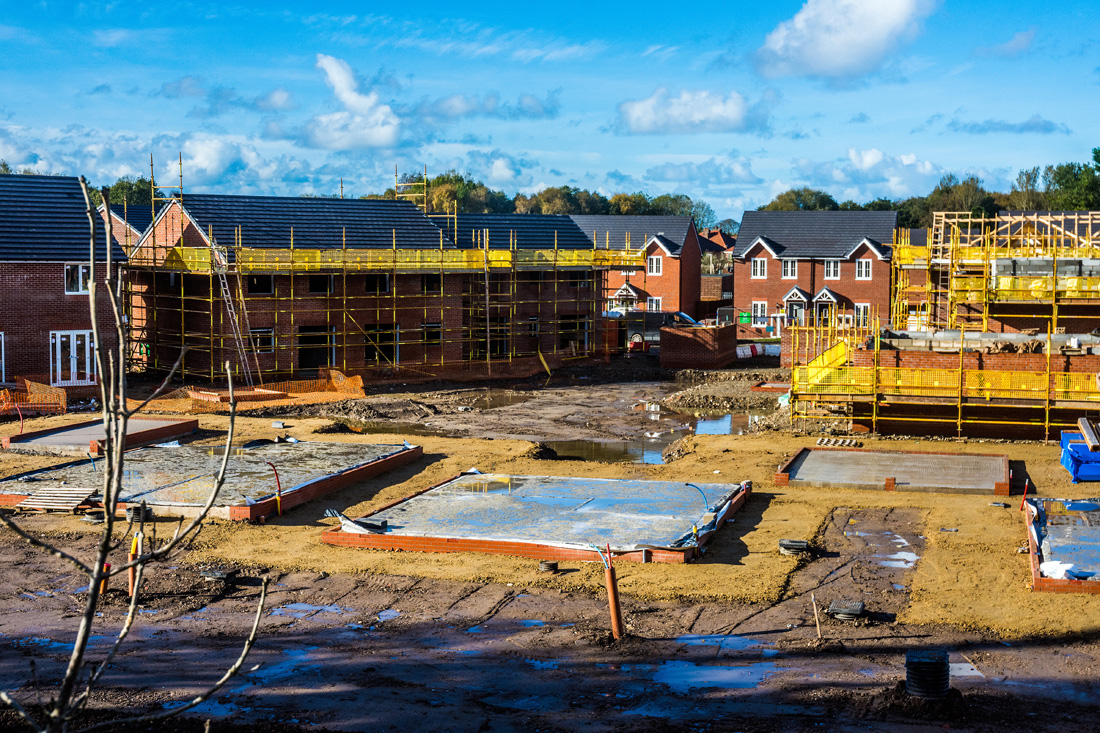
Important considerations
While all these points are big ticks for local authorities and communities with existing brownfield sites, some important points must be considered before development. The nature of the land’s previous use is central to this — building on the site of an old, unremarkable office complex is often more straightforward and less likely to be controversial.
Still, land used for manufacturing or heavy industry is more likely to be impacted by contaminants. The local reputation of the land could be blighted — trying to encourage people to move into a development built on the site of an old abattoir could present considerable marketing challenges. Even if the land has been decontaminated the reputation may be hard to shake off — the decontamination costs might present challenges and even outweigh the financial boost from the Brownfield Regeneration Fund.
Industry research
Research conducted by Heriot-Watt University for the National Housing Federation and Crisis in 2018 called for 145,000 new affordable homes per year, with 90,000 for social rent. These estimates were based on analysing the backlog of housing needs at that time, combined with household growth projections. Since then, we’ve felt the economic effect of COVID-19, experienced sharp pressures on the labour market in the construction industry and seen spiralling costs for building materials. This presents a huge challenge for cash-strapped local authorities with a myriad of competing calls on their budgets.
Chosen carefully, a brownfield site redevelopment should be a local authority’s first choice when looking to construct new homes. The long-term benefits of locating housing in previously unutilised land far outweigh any short-term advantages of greenfield development. The Brownfield Regeneration Fund offers a real opportunity to harness the potential of disused urban areas and breathe life back into neglected places.
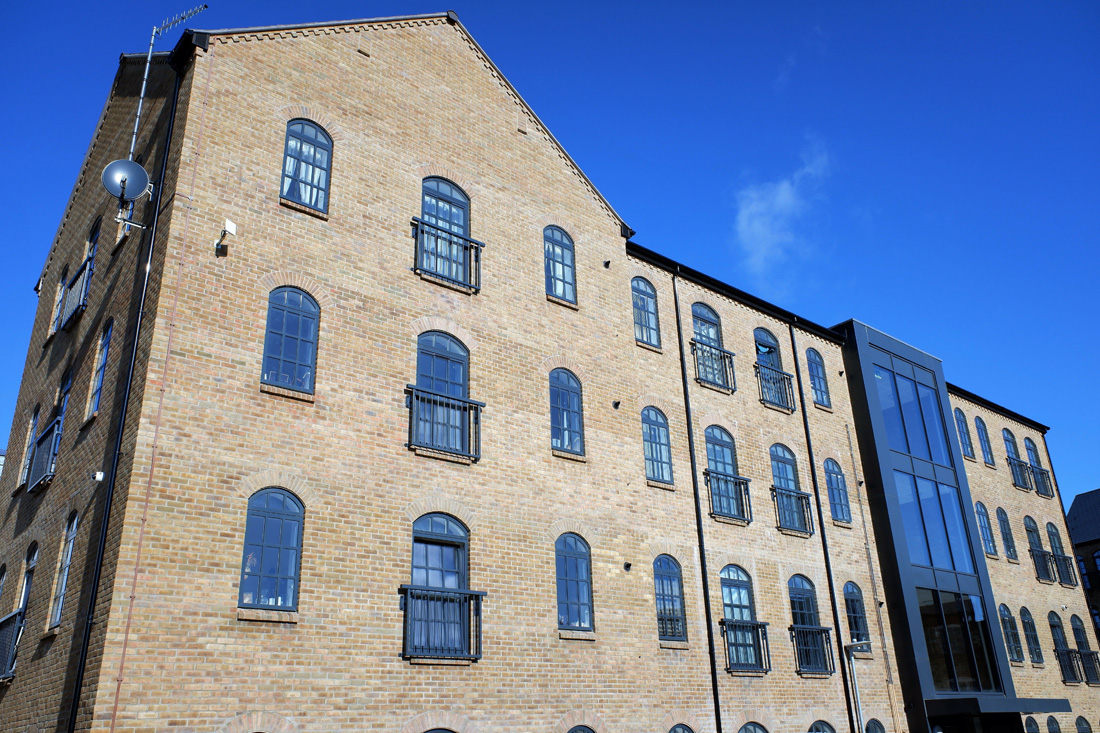
Land Quality Service
NHBC works with the leading developers to ensure they get it right first time. The NHBC Land Quality Service team offers early engagement to assist developers, and their technical advisers overcome land-related issues. They provide expert advice and offer advanced opinions on which foundation solutions would be acceptable or unacceptable. Additionally, they outline remediation expectations for outstanding technical matters that should be resolved before or during development.
Land with an NHBC Certificate of Land Quality is trusted and gives confidence in the site before NHBC registration. It reassures those involved that the investigation, remediation proposals, and verification evidence have been thoroughly reviewed for compliance against NHBC Standards for development.
The confidence NHBC provides for affordable housing providers, investors and developers, coupled with its unrivalled expertise ensures a top-quality build and long-term asset protection from conception to completion.
To learn more about how NHBC can help, contact Andrew Milsom, Sector Lead – Local Authorities, at amilsom@nhbc.co.uk


